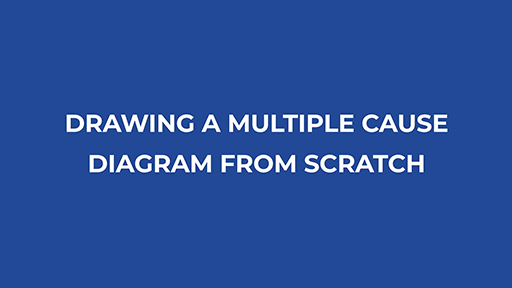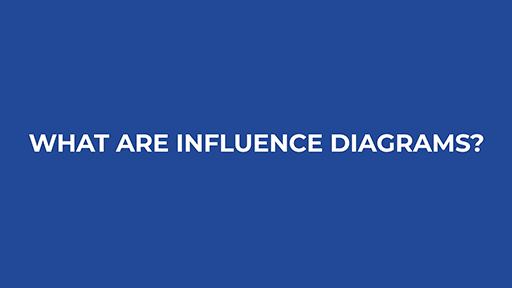6.1 Systems thinking tools
The OpenLearn Systems Thinking Hub [Tip: hold Ctrl and click a link to open it in a new tab. (Hide tip)] (The Open University, n.d.) provides access to range of tools and courses which may be of interest to those who wish to develop their understanding further by starting with Systems thinking and practice – OpenLearn (The Open Univeristy, 2021). For the purposes of this course, we focus on three approaches, that you may wish to use to help develop options further.
Causal loop diagrams
A causal loop diagram consists of four basic elements:
- the variables
- the links between them
- the signs on the links
- the sign of the loop.
The following video will walk you through how to create a causal loop diagram.

Transcript: Video 21 Casual loop diagrams
Multiple cause diagrams
If you need to explore the causal dynamics of a situation then you need a multiple cause diagram. This will show you an overview of a number of relevant causal factors and how these relate to one another in terms of what causes what else to happen. The following video will walk you through how to create a multiple cause diagram.

Transcript: Video 22 Multiple cause diagram
Influence diagram
It can be useful to start with a systems map and then adapt it to serve as an influence diagram, as this diagram uses arrows to depict the influences between subsystems. The following video will walk you through how to create an influence diagram.

Transcript: Video 23 Influence maps
Now you’ve had chance to explore systems thinking tools, the following activity asks you to try one of them out.
Activity 23 Try out the tools
Use one of the three approaches to explore some of the challenges of moving to a hybrid model you are thinking about.
- What is the culture of your organisation? Blame or accountability, assimilative or inclusive, risk adverse or experimental, etc.
- What are the conditions, the opportunities, and constraints of your project? Budget, costs, staffing, locations, legislation and so on?
- Who and what are collaborating to create what is done, and what are the interconnections that facilitate this happening?
- Are those interconnections tightly coupled or looser?
Reflecting on your sense making:
- Did you discover anything new about the situation?
- Did you see any different perspectives of the situation as you worked through the situation?
- Did you identify any loops in your diagrams? And what do you think they depict?
- Did you find more uncertainty that you need to make sense of?
The introduction to systems thinking and approaches we have explored in this section may help you develop your options with better clarity and engage stakeholders.
